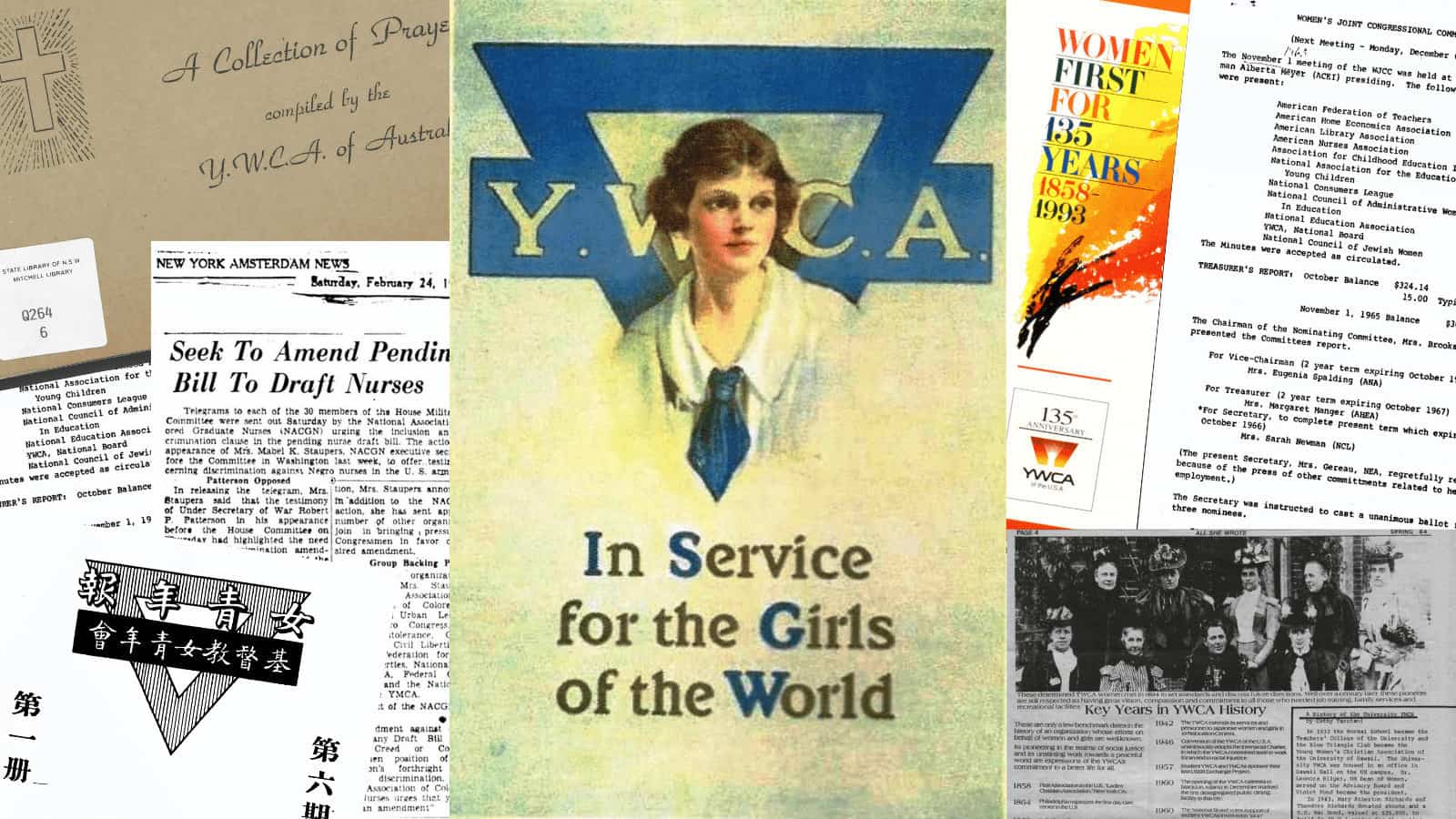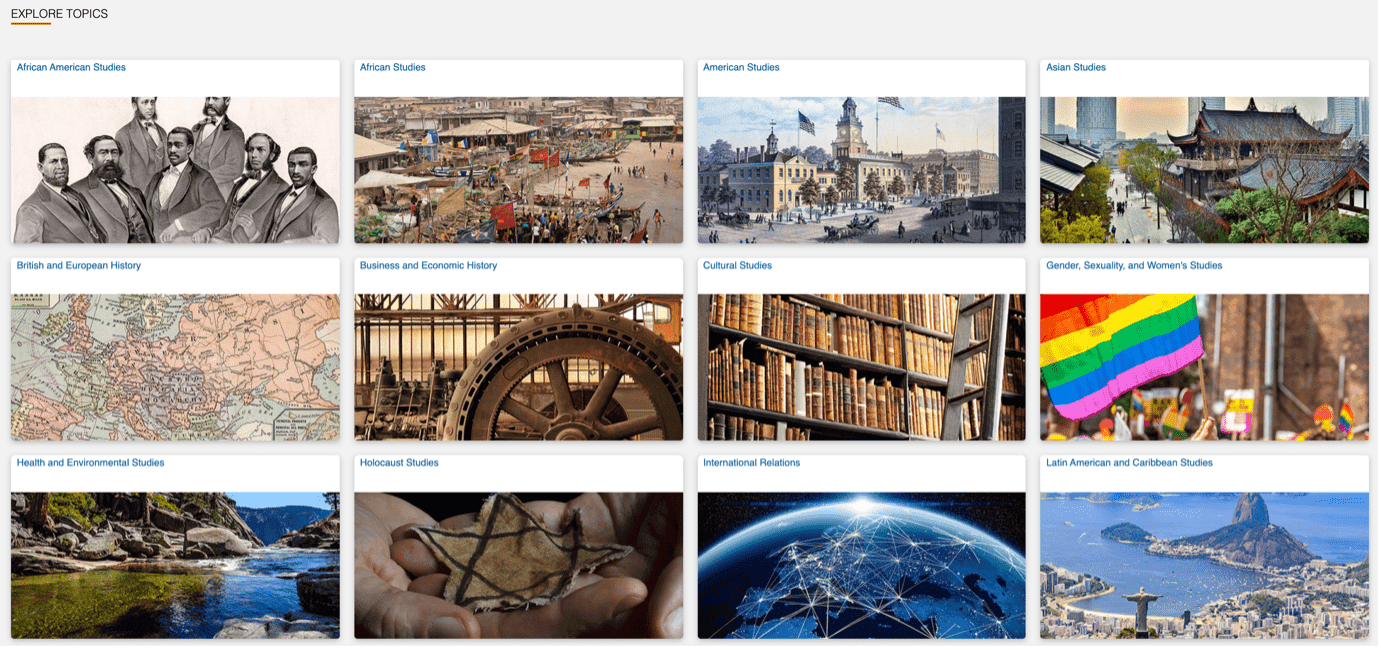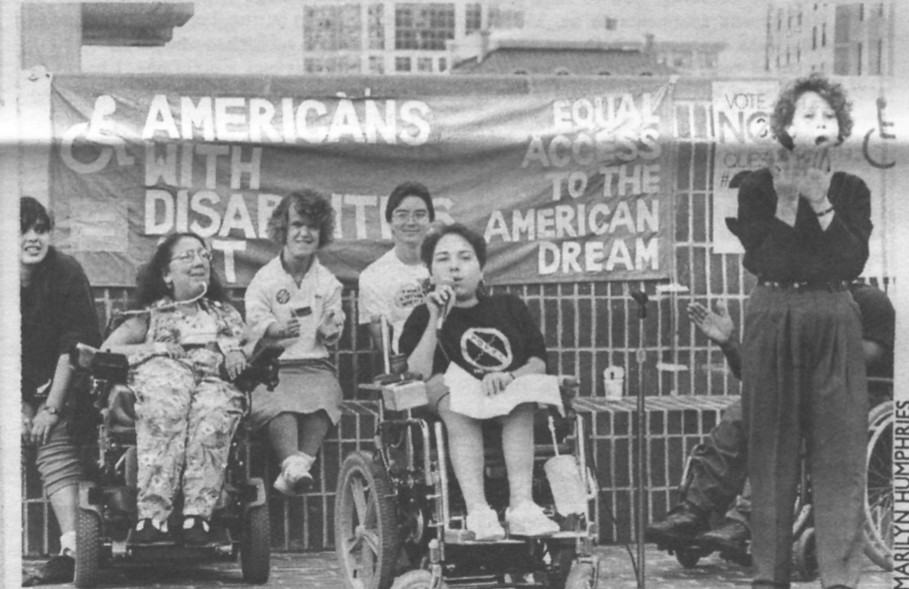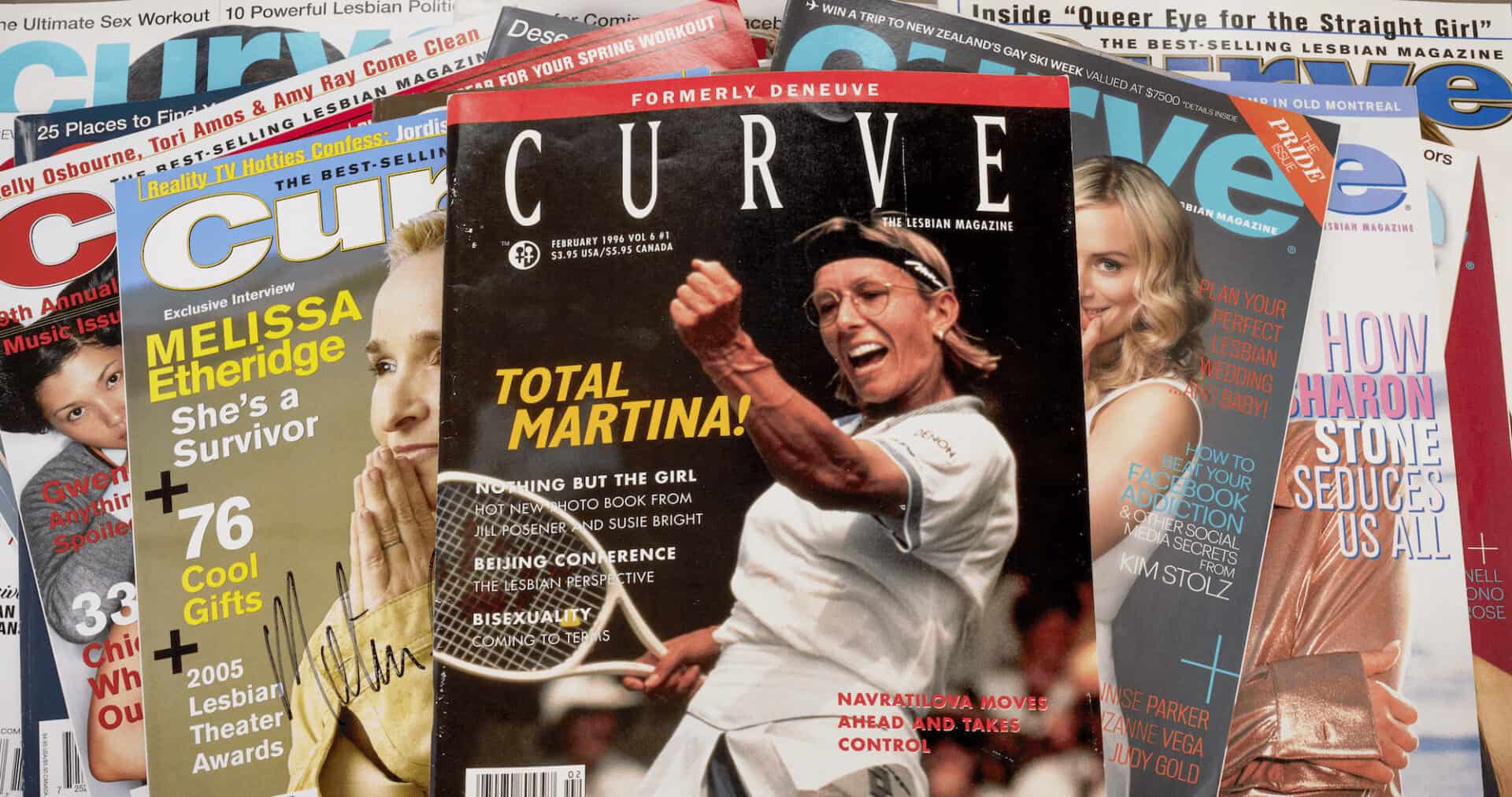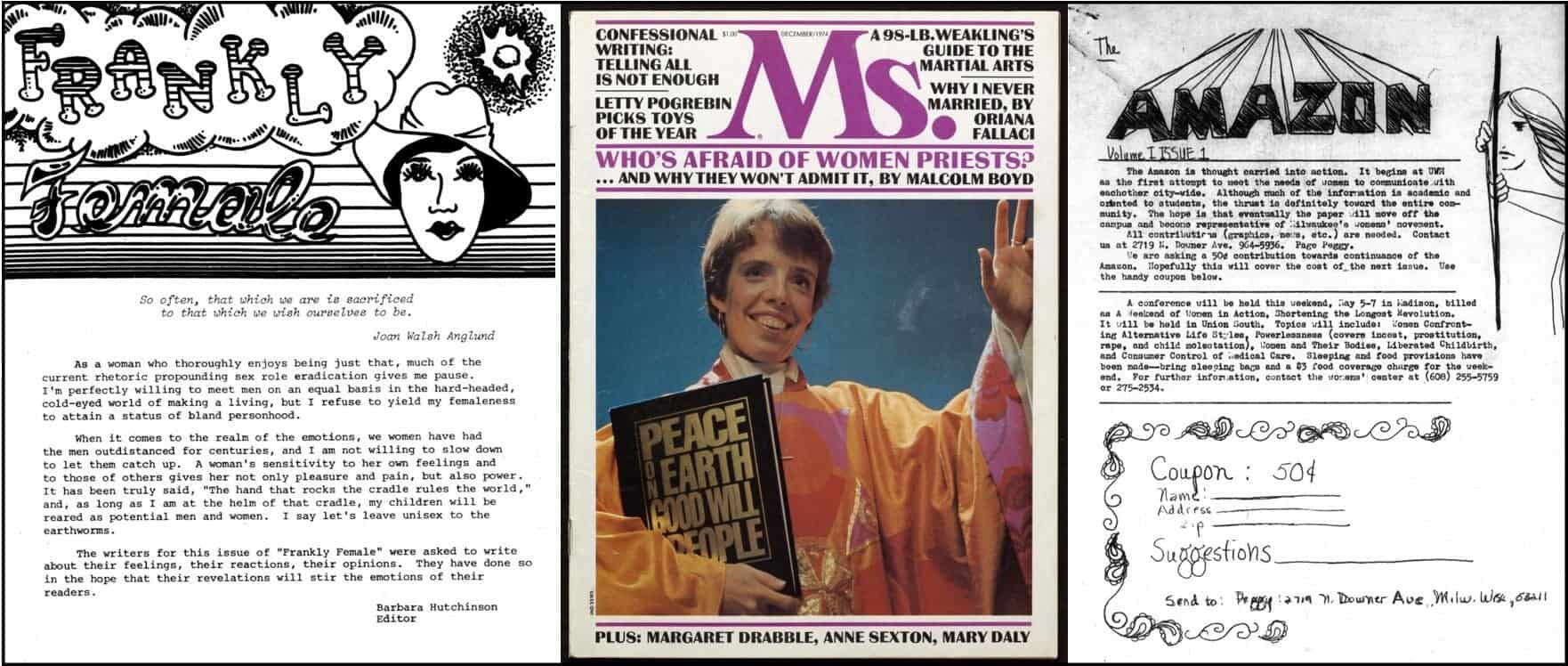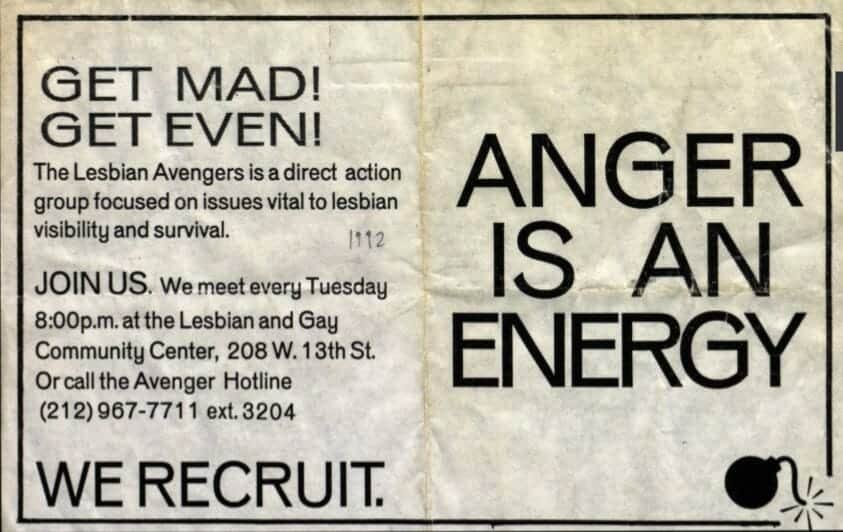|By Rachel Holt, Acquisitions Editor, Gale Primary Sources|
This month Gale is proud to announce the launch of the fourth module in its multi-award-winning Women’s Studies Archive series, Female Forerunners Worldwide. Publishing in March 2022 this latest edition to Gale’s Gender Studies programme coincides not only with International Women’s Day but with Women’s History Month, hopefully giving scholars of women’s history, social history, and gender studies much to celebrate.

